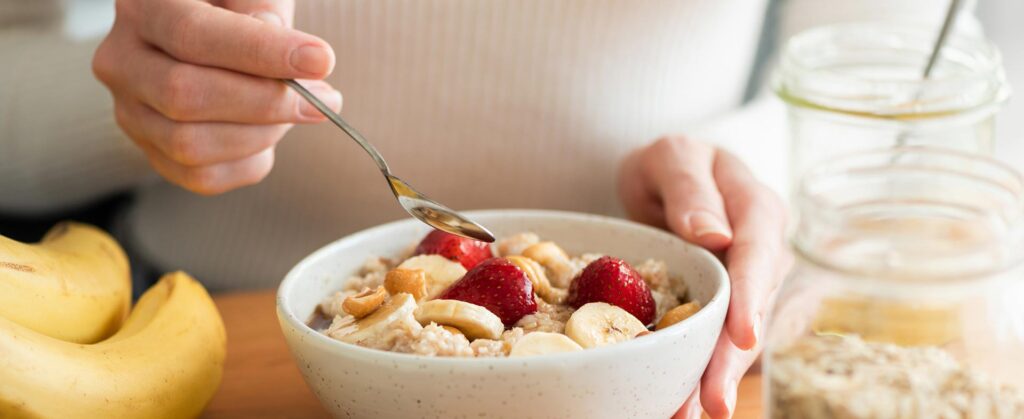Modern life is busy, and many people skip breakfast. When it comes to the harm of skipping breakfast, many have probably heard that it “causes gallstones.” So, is this claim true? And what factors are related to the occurrence of gallstones? In this edition of the health headline, let’s explore the truth.

Behind the liver, there is a pear-shaped pouch-like structure called the gallbladder. The gallbladder is connected to the liver above and the duodenum below, and its main function is to concentrate, store, and excrete bile. Newly secreted bile is golden in color, with 97% consisting of water, as well as substances such as cholesterol, bilirubin, and inorganic salts. Under normal circumstances, the gallbladder absorbs water and electrolytes from bile, making it highly concentrated for subsequent digestion. However, if the bile contains high levels of cholesterol, bilirubin, or other poorly soluble components, it can easily form crystals during the concentration process. As these crystals accumulate, they turn into gallstones. Gallstones can flow with bile and cause blockage in certain areas, leading to symptoms such as biliary colic, cholecystitis, and even acute pancreatitis.
Now that we understand the causes of gallstones, let’s examine whether skipping breakfast is related to them. When you go without eating for a long time, bile, which is meant for digesting food, doesn’t have a “job to do” and continues to concentrate in the gallbladder. As the concentration of bile increases, cholesterol gradually precipitates and deposits. Over time, this can lead to the formation of gallstones. From this perspective, any prolonged fasting increases the risk of developing gallstones. As the interval between the last meal and breakfast is longer, the gallbladder stores more bile and its concentration is higher. Therefore, there are more cases of gallstones associated with skipping breakfast.
In addition to prolonged fasting, there are other factors that can contribute to the appearance of gallstones. For example, obesity, which is particularly evident in women. Surveys have shown that among women aged 20-30, the incidence of gallstones is six times higher among obese individuals than others, and 40% of obese women over 60 have gallbladder disease. Furthermore, individuals who consume high-sugar and high-fat foods should also pay more attention to gallbladder health. This is because excessive intake of fats and cholesterol can easily lead to cholesterol stones, and sweet foods stimulate insulin secretion, accelerating cholesterol deposition. Another high-risk group is women who have had multiple pregnancies. Approximately 70% of gallstone patients are female, and the risk of developing gallstones increases with the number of pregnancies. The reason is that elevated levels of estrogen in women’s bodies can affect gallbladder emptying, leading to bile stasis. Additionally, estrogen can affect the formation of water-soluble “conjugated bilirubin,” increasing the concentration of poorly soluble unconjugated bilirubin and thus increasing the likelihood of stone formation.